Could our water be making medicine less effective?
12 October 2023
Measuring, Managing, Mitigating: gaining a One Health perspective on removing antimicrobial residues from water, a White Paper released by Shawview Consulting, provides recommendations aimed at addressing the critical role of water in preventing a scenario where simple infections could become deadly again and certain surgeries might become too risky to perform.
Australia is experiencing a rising threat from antimicrobial resistance (AMR), where bacteria and other microorganisms are able to survive in the presence of drugs intended to eliminate them, such as antibiotics, largely due to over-exposure, commonly because of misuse or overuse.
AMR undermines the effectiveness of medicines and makes infections more difficult to treat.
An often-overlooked aspect of AMR is its emergence and spread in the environment, particularly in water sources. Antimicrobial contaminants stemming from healthcare facilities, domestic sewerage, agricultural activities, and livestock run-off all have the potential to seep into natural waterways. Yet there is no national monitoring of antimicrobials in groundwater, urban stormwater or drinking water.
The paper presents four thematic recommendations and includes discrete actions that should be undertaken such as:
- The establishment of national standards defining maximum permissible levels of antimicrobials.
- The development of monitoring systems to track antimicrobials in water systems.
- The appointment of an AMR Emissary for Australia who would enhance awareness and promote action on AMR issues locally and internationally.
Collectively, the recommendations highlight advocacy, leadership, engagement, and monitoring initiatives. They were formulated through rigorous discussions held during a government and industry roundtable in Canberra earlier this year.
The workshop was co-presented by the Australian Government Department of Agriculture, Fisheries and Forestry, CSIRO, CRC-SAAFE, representatives from MTPConnect's Australian Antimicrobial Resistance Network and Shawview Consulting.
The meeting brought together over 20 organisations from government, industry, academia, and the not-for-profit sector. Participant discussions focussed on AMR and its presence in the environment, namely water systems, and the implications for human and animal health, the environment, and the industry.
“Collaborating using a One Health approach to combat AMR is crucial, and we were pleased to share input from AAMRNet’s multi-sector stakeholders on this important issue,” said Mr Bowskill.
Brendan Shaw, Principal at Shawview Consulting, said the white paper highlights the importance of collaboration across the different industry sectors and with policy makers, reflecting the broad impact AMR is having on industries and communities around the world.
“As the rates of AMR increase around the world, establishing a two-way exchange of information regarding AMR in our environment is critical to future success. It's a fundamental strategy for reducing its impact,” Dr Shaw said.
“A major cause of the problem is the One Health nature of the problem itself, because of which no one sector or organisation has primary responsibility for addressing the problem,” Dr Shaw said.
Professor Branwen Morgan, Lead of CSIRO’s Minimising Antimicrobial Resistance Mission, one of the roundtable sponsors, said AMR is designated as one of the top 10 public health threats facing humanity by the World Health Organization (WHO).
“Water is a contributor to the spread of antimicrobial resistance as it contains a wide range of bacteria and contaminants that can accelerate the development and dissemination of AMR.”
“Sectors that use antimicrobials or deal with waste containing antimicrobials, may be inadvertently having a greater environmental impact than expected. It’s crucial that the potential risks are understood and mitigated,” Dr Morgan said.
Download the white paper, which was released in the lead-up to National Water Week (16-22 October 2023).
